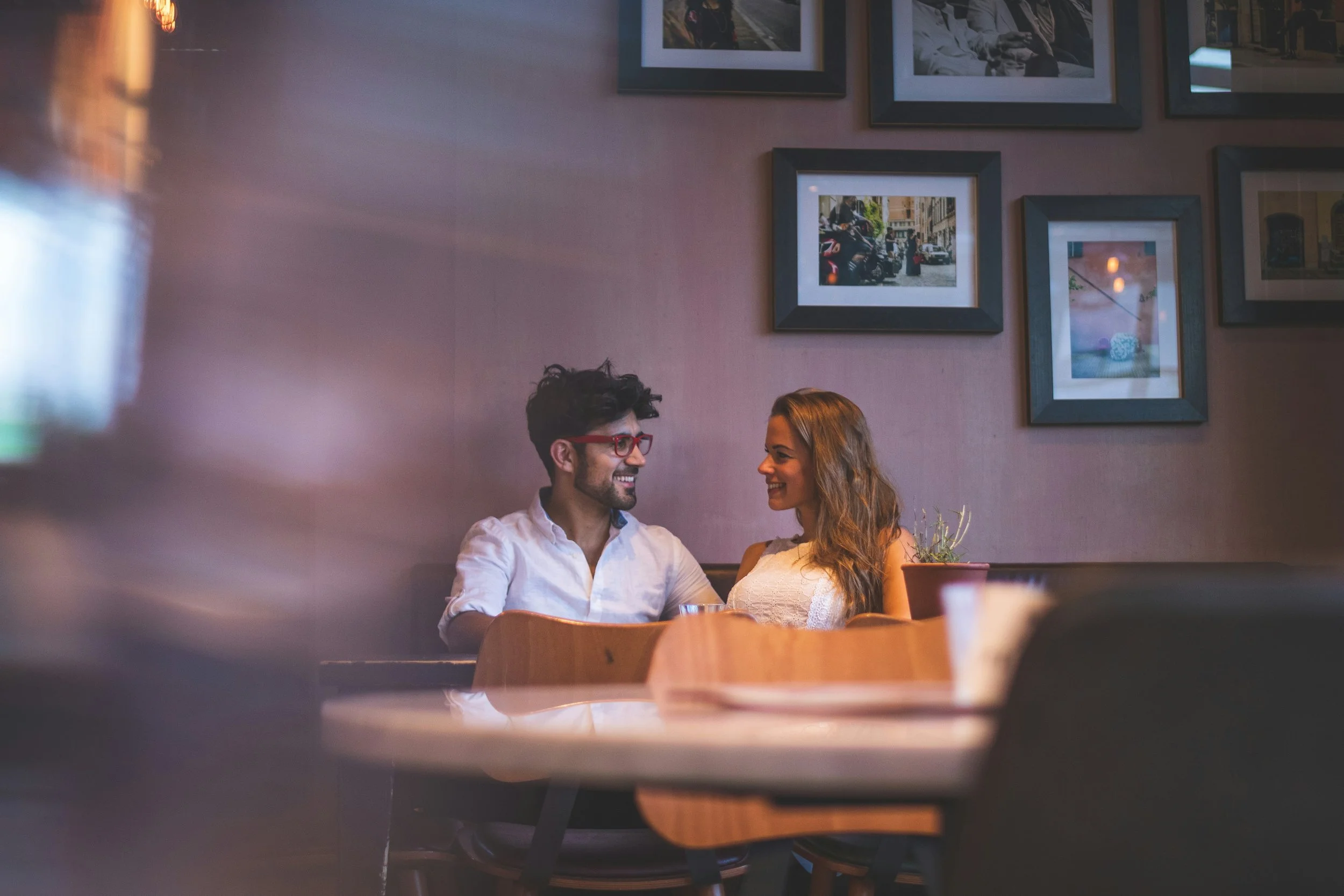Quick Techniques for Anxiety Relief
Anxiety can be overwhelming, but the good news is that there are quick, effective techniques that can help you find relief when you need it most. These simple strategies are easy to learn and can be practiced anywhere, giving you the tools you need to manage anxiety when it strikes. Here are some effective methods you can try the next time anxiety starts to take hold:
1. Box Breathing
This technique helps calm your nervous system by focusing on slow, intentional breaths. Breathe in for 4 counts, hold for 4 counts, breathe out for 4 counts, and hold again for 4 counts. Repeat this cycle until you start to feel more relaxed.
Box breathing not only helps reduce anxiety but also improves your focus and brings a sense of control over your body. You can do this exercise for a few minutes or longer, depending on how much time you need to feel centered. The key is to maintain a steady rhythm and focus entirely on your breath.
2. 5-4-3-2-1 Grounding Technique
Bring yourself back to the present by using your senses. Notice 5 things you can see, 4 things you can feel, 3 things you can hear, 2 things you can smell, and 1 thing you can taste. This practice helps anchor you in the here and now, pulling you away from anxious thoughts.
The more details you can notice, the better this technique works. You can use this method anywhere, whether you are at home, outside, or even in a social situation. It helps remind you that you are safe and helps disrupt the cycle of anxious thinking, giving you a break from overwhelming emotions.
3. Progressive Muscle Relaxation
Tense and then slowly release different muscle groups in your body, starting from your feet and working your way up. This helps release physical tension and reminds your body what relaxation feels like.
As you go through each muscle group, take your time to notice the difference between tension and relaxation. This contrast can help your mind associate certain sensations with a more relaxed state. Progressive muscle relaxation can also be helpful before bedtime to release any lingering tension in the body, leading to better sleep.
4. The Butterfly Hug
Cross your arms over your chest and gently tap your shoulders one at a time. This movement can help regulate your emotions and provide a comforting sense of grounding, particularly during moments of heightened anxiety.
The repetitive, soothing motion helps activate your parasympathetic nervous system, which signals your body to calm down. You can close your eyes and take deep breaths as you do the butterfly hug, allowing your body and mind to connect and settle. This technique is especially useful if you need a comforting action you can perform discreetly in public.
5. Breath Counting
Close your eyes and focus on your breathing. Count each exhale, aiming to reach 10. If you lose count, start over from 1. This practice encourages mindfulness and helps you take a step back from anxious thoughts. Breath counting shifts your focus from worry to the rhythm of your breath, promoting relaxation.
You may find it helpful to combine this with a mantra or positive affirmation, repeating a calming word or phrase with each breath. The goal is not to reach a specific number but to keep your mind focused on the counting process, which gradually eases anxiety.
6. Cooling Breath
Inhale through your mouth as if you were sipping through a straw, then exhale slowly through your nose. This cooling breath helps lower your body's stress response and provides a sense of calm. You may notice a cooling sensation on your tongue, which can be especially refreshing and help to ground you in the present moment.
This technique can be helpful when you feel overheated due to anxiety or need a quick way to cool down and relax. Try practicing it a few times until you feel a sense of relief.
7. Visualization
Picture a place where you feel safe and calm. Imagine it in detail—the colors, sounds, and smells. Let yourself mentally stay in this place for a few minutes to help reduce anxiety. The more vivid the visualization, the more effective it will be in helping you relax.
This mental exercise can be done anywhere, and you can use different environments depending on what makes you feel the most comforted—such as a beach, a forest, or a cozy room. Visualization allows you to mentally escape from the current stress and helps lower your anxiety by shifting your focus to positive, calming imagery.
You are not alone in dealing with anxiety and small actions can have a powerful impact on how you feel. Try out these techniques and see which ones work best for you—everyone is different, and finding what helps you feel calmer is a journey worth taking. It may also be helpful to keep a journal of what works for you, as this can help you identify patterns and develop a personalized approach to managing your anxiety over time.











